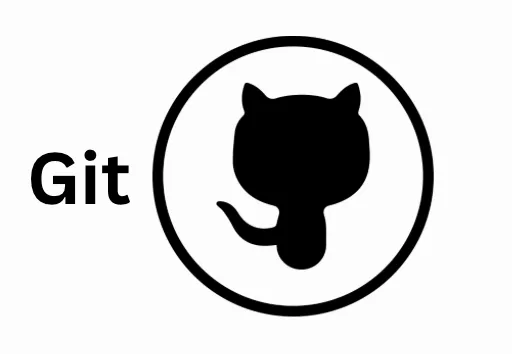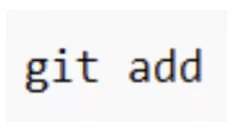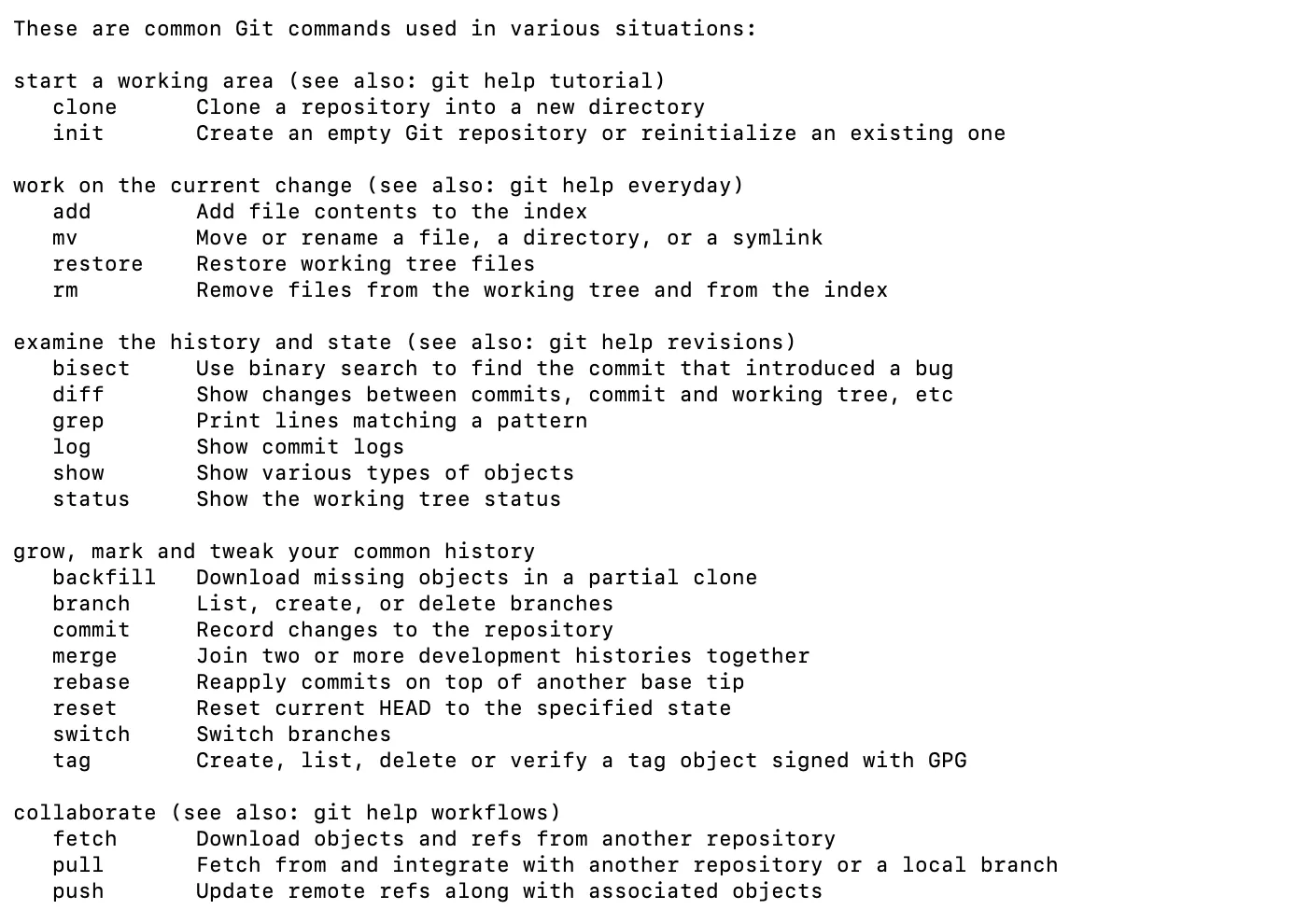Version control with Git is something you will frequently be using if you are a developer. If you are into software development, then you must know that tracking changes, managing multiple versions of code, and collaborating with teams without any hindrance is essential. Version control helps you with just that, and Git is one of the most popular version control systems that most developers are using today. Despite so many people using Git for version control, there is still a lot of confusion regarding the use of Git. We will discuss all of it in detail further in this blog. Read along, and find out for yourself why developers suggest Git as one of the best version control systems.
What Is Version Control With Git?
Git version control is a distributed system that tracks all the changes that you make to the code. It ensures reliability and a collaborative software development process. You know, the most important part of software development is when you have to collaborate with teams to ensure a smooth workflow, and for that good VCS is essential. Git allows you to manage all the versions of your projects at one time. It tracks all your changes, which is its best part because you can work or recall any of the versions you want at any time. Before moving further, let’s first of all understand version control with git and its system.
What Is Git?

Git is a version control system that is used to collaborate with other developers to work on the same project. Git was created by Linus Torvalds in the year 2005, and since then it has gained huge popularity among developers. Let us talk about some of the major features of Git below.
- With Git, you can leverage all major changes in your codebase and revert back in case of any issue.
- You can collaborate with different programmers to work on the same project.
- You can also create branches for bug repairs, new features, tests, and more.
- Git maintains an account of all major commits to stay familiar with all major changes and track them easily.
What Is Version Control?
Now, understanding the version control system becomes important. A version control system is a system that tracks changes you make to a file or in your code over time. With the help of a version control system, you can easily save your progress and work on any specific version of the project you want. It is highly recommended and used by the developers because it allows you to collaborate with other developers. This allows multiple people to work on the same project, that too, without overlapping each other’s work. Let us know some major benefits of using version control with Git.
- You can save and track changes made to your coding environment.
- You can always revert to previous versions of your code i,e. You can always revert to the stable version.
- Multiple developers can work on the same project without having to overwrite the entire program.
- Developers can create branching or merging independently and merge them back to the codebase whenever ready.
Read More: What is the Difference Between Coding and Programming?
Why Should You Use Version Control with Git ?
You know, as a software developer, when you have to work on a collaborative project, you need a system that allows you and other developers to work together with top-notch efficiency. And Git provides you with all of it. Some of the key reasons why you should use the version control with git system for software development projects are discussed further. Check below.
- We talked about Git being a distributed system. And you also must have read it quite a few times, but now the actual question arises that what does it even mean?
- Well, Git is a distributed system that allows all the participants of the project to have the complete history of all the versions of the project, along with the flexibility of online and offline tasks.
- 8 out of 10 developers suggest using Git over any other version control system available. This is because of the performance, speed, and adaptability Git has. Approximately 87.2% of all developers use the version control with Git.
- It is easy to use, and do you know one of the best parts about Git is that even if you have a poor internet connection, you can still sync a local copy with any of your team members.
Benefits Of Git Version Control
To understand it better why you should use Git, let’s discuss some of its key benefits, which will help you understand why Git is one of the top choices of developers for version control.
- Version History: All of the changes that you make in the file are stored as different versions, which allows you to work on any specific version anytime you want.
- Collaborative: It gives a collaborative platform where various developers can work on a similar project without interfering and conflicting with each other’s work in Git.
- Fast and reliable: It has multiple backups, as each user has a local repository. In case there’s a crash, then a copy replaces the main server. Therefore, it is one of the most reliable systems.
- Workflow flexibility: If you are using Git, then you can use various branching strategies, which are not possible in other version control systems.
Some of the popular Git workflows are listed below.
- Feature branching
- Trunk-based development
- GitFlow, etc.
Read More: Top Java Web Development Technologies You Must Learn
Some Common Git Commands For Beginners
If you are also a beginner who is just starting to work with Git, then don’t worry. It is natural to feel a bit confused with so many existing commands. But for the beginning, you can start with some basic commands. I’m listing down the top 5 most commonly used commands that you’ll need, especially in the beginning. Check them out.
1. git init: Start your project
git init is like the first command that you need to begin your project. When you type git init in your project folder, from then Git will set up everything and start tracking changes. Basically, you can understand it in a way that it turns your normal folder into a smarter version control workspace.
2. git add: Add changes
When you make any changes in your file, you need to tell Git which changes you actually wish to save.
- To save all of the changes, you can use:

- If you want to add a specific file, then use:

3. git commit -m “message”: Save your progress
If you want to save your file or the changes with a specific text message about what you’ve updated, then you can use the git commit -m “message” command when using version control with git on your system. Here, in place of “message”, you can enter any of your personalised text, like “fixed login error”. This also helps you and your team easily understand the project history afterwards.
4. git push: Upload your files
When you want to share your changes with the rest of the team or you wish to store them online (let’s say on GitHub), then you use git push.
5. git pull: Get latest updates
The git pull command takes all the updates from the repository and merges them into a local copy. When you start working, it is obvious that you would want to work on a version with all the latest updates of the project. So, before you start your work, make sure to run the command: git pull so that you get to work on the latest project version.
Version Control With Git: Git Help
You can check frequently used Git commands using the prompt “Git — help” to check the list of commands available for common operations using Git and also leverage version control with git available options.
- You can type the following commands on the Mac Terminal.
- Use the “git – – help” to check the list of commands available for common uses on Git.
 |
How Can You Use Git for Version Control?
You can use Git for version control of your software application. Check below.
1. Use Git Via Command Line
You can use simple terminals to interact with Git. Use the command prompt to control version control with git . You can use the following commands to manage the version using Git commands.
- git
- init
- git commit
- git add
- git push
- git pull
You can use the command line prompts for scripting, automation, and advanced Git operations.
2. Version Control with Git using Graphical User Interface (GUI) Clients
You can use the GUI clients to leverage user friendly interfaces to perform Git operations in a friendly environment. You can use these tools as a beginner, showing commits, branches, and merging graphically. Interactivity using the GUI interface is much better than a raw command-line interface. Some of the popular GUI tools you can use are
- GitHub Desktop
- Sourcetree
- GitKraken
- Tower
3. Use IDEs for Version Control using Git
Many popular IDEs are available, which you can use for version control, such as
- VS Code
- PyCharm
- IntelliJ IDEA
- Eclipse
- Visual Studio
These tools can be used to perform popular Git actions like committing, branching, merging, checking logs, and more.
Common Mistakes To Avoid For Git Version Control
We talked about how good Git is for version control. But let’s not discuss some of the most common mistakes that early developers often make, especially while using Git. You can take note of these and avoid them for a better experience. Check them below. Some of the most common mistakes that people make while using Git are listed so you don’t repeat them. Check them below and try to avoid them for a better work experience.
1. Not using .gitignore properly
If you do not use .gitignore properly, then a lot of unnecessary files will be tracked, like local configuration files, artifacts, etc. This will somehow complicate the version control. And also, it can lead to accidental commits of local environment files that must remain private.
2. Forgetting to pull before pushing
If you push the changes without pulling the latest updates, it can lead to conflicts that can be easily avoided. It degrades your workflow and causes unnecessary complexity.
3. Ignoring Git Settings
No doubt, Git has various default settings that are actually good. But using them without proper configuration can lead to inefficient outcomes and errors. You can customise the Git settings according to your workflow.
4. Committing large files or sensitive data
This is another one of the most common mistakes that people make while using the Git version control system that you must avoid. If you upload large files or any sensitive data like passwords directly into the repository, then it can bloat the repository size and slow down the operation’s speed, which will eventually lead to an inefficient result. Also, when this confidential or sensitive information becomes a part of the repository, it can now be accessed by anyone.
Master Complete Full Stack Development
If you are someone who wants to build a career in Full Stack Development along with these typescript tutorials. Enroll in our Full Stack Web Development Course to build your job ready portfolio and skills. Get in-depth tutorials along with real world capstone projects, and more all throughout the project duration.
Strengthen your portfolio along with job exposure, career assistance and interview preparation with this course. Get complete industry oriented certification from PW Skills.
Version Control With Git FAQs
Q1. What is Git used for?
Ans: Git is mainly used for:
1. Tracking changes
2. Managing project versions
3. Collaborating with other developers to work on the same project.
Q2. Are Git and GitHub the same?
Ans: No. I have heard a lot of people getting confused about the difference between Git and GitHub. They are both used for different purposes.
1. We use Git for version control, whereas
2. GitHub is a platform to share Git repositories.
Q3. Can I use Git as a beginner?
Ans: Yes. It is beginner-friendly. However, you might find it a bit confusing at first. But start with the basic commands, and gradually you will become an expert.
Q4. Is Git free?
Ans: Yes. Git is completely free, and anyone can access it. You can simply install it in your system and start using it anytime.

